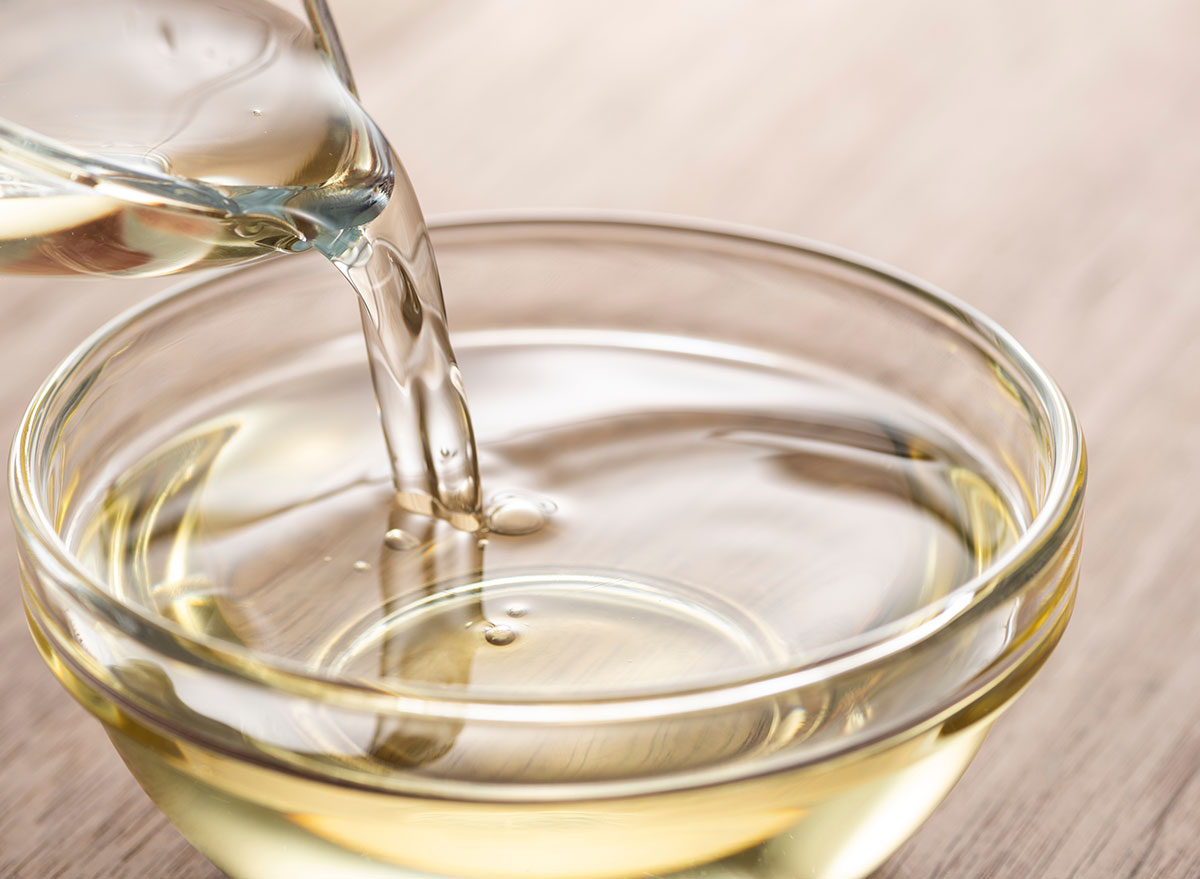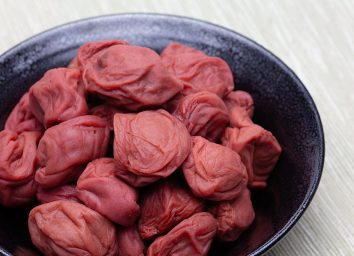Mirin: What It Is, and How to Substitute It In Cooking

Our taste buds have learned to recognize umami in Japanese food, thanks to that savory depth of flavor that comes with certain seasonings. One Japanese staple, mirin, is often found in traditional recipes. This rice wine substitute for sugar provides a balance for the saltiness of soy or miso. But what is mirin, and what can you substitute in when you don't have any on hand? We get to the bottom of it so you can keep cooking with easy subs you might have in your kitchen already.
What is mirin?
Much sweeter than sake, mirin is used as a sugar substitute in Japanese cuisine, and it's also enjoyed as a beverage. The alcohol content is around 10 to 14 percent, but it burns off during cooking, leaving the dish with a mild sweetness.
Mirin has a distinct aroma that contributes to its flavor. In fact, scientists have identified 39 key compounds that contribute to the unique smell. The malted rice and aged mash are part of the combination of ingredients that give a rich fragrance to the liquid. Mirin is stronger than you think, and it's able to mask fish flavor and add a nice glaze to dishes.
Home cooks can choose between the pure hon mirin, which translates to "genuine or true mirin," or aji mirin, which means "tastes like mirin." Naturally fermented hon mirin has more alcohol and is generally more expensive than aji mirin, which usually contains cheaper fillers like other sugars, rice vinegar, corn syrup, and artificial coloring. There are two key components of authentic hon mirin: koji, which is rice fermented with a particular mold found in Japan, and shochu, the national alcoholic beverage of Japan (no, it's not sake!).
Best mirin substitutes
If you don't cook Japanese food often, you can find yourself without any mirin in the pantry when it's time to make a teriyaki sauce, stir-fried vegetables, or a soy-mirin marinade. No need to stress—there are several mirin substitutes that work almost as well. In a pinch, a simple sugar and water combination, honey, or agave syrup can mimic the sweetness of mirin. A good rule of thumb is a 3:1 ratio for water to sugar to get the correct level of sweetness. However, these mirin substitute options will lack that pleasurable umami taste.
The best mirin substitutes have both acidic and sweet properties, and they include:
- sweet Marsala wine
- dry white wine
- dry sherry
- rice wine vinegar
These won't be quite as sweet, so try adding 1/2 teaspoon of sugar per tablespoon of the substitute.
If you don't love the idea of cooking with alcohol, mizkan mirin is the alcohol-free version.
Where can I find mirin?
Japanese specialty markets and grocery stores will stock hon mirin and also aji mirin. If you don't have a specialty Japanese or Asian grocer near you and you're looking to get authentic mirin, this small-batch Japanese mirin brewed by the Sumiya family in the coastal town of Hekinan is available from Amazon.
Otherwise, brands like Kikkoman are pretty easy to come by, and can also be found in grocery stores across the United States.








